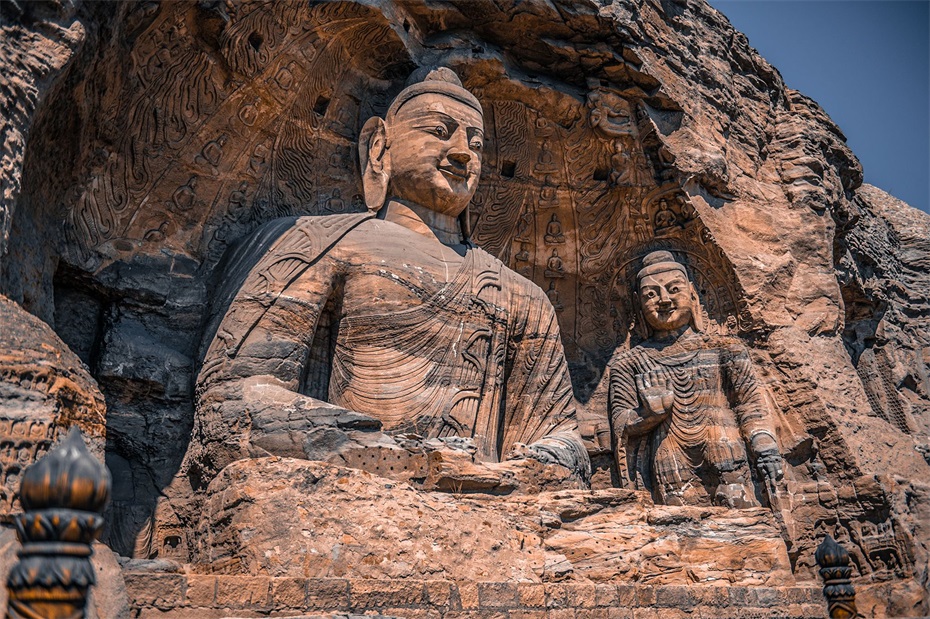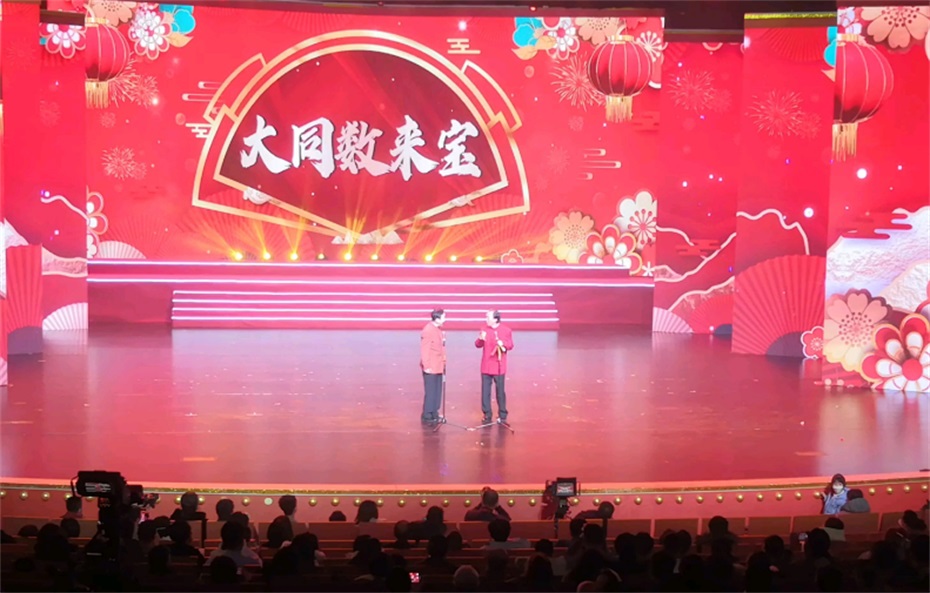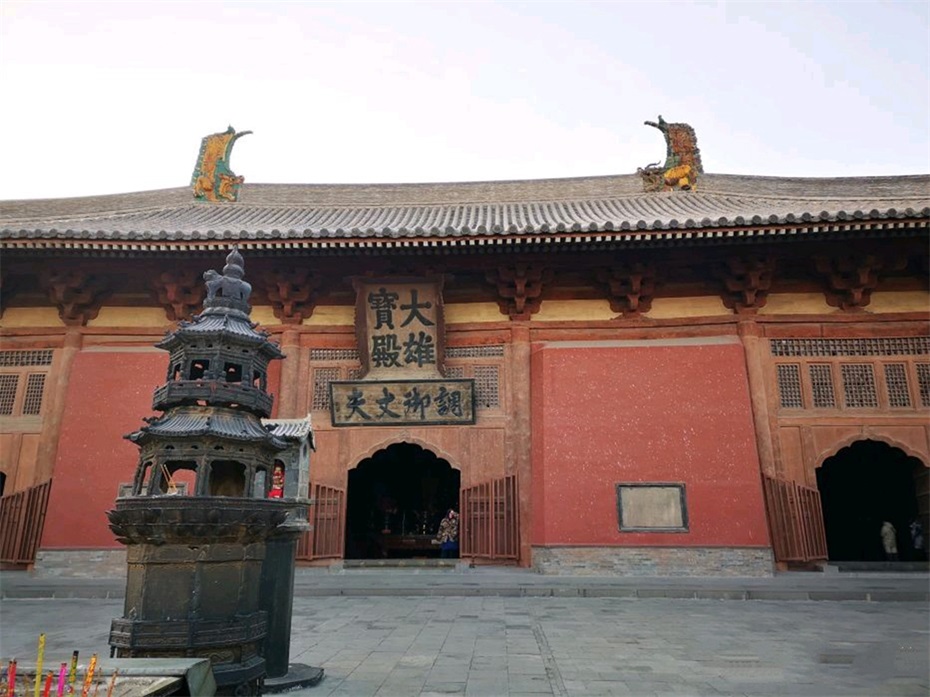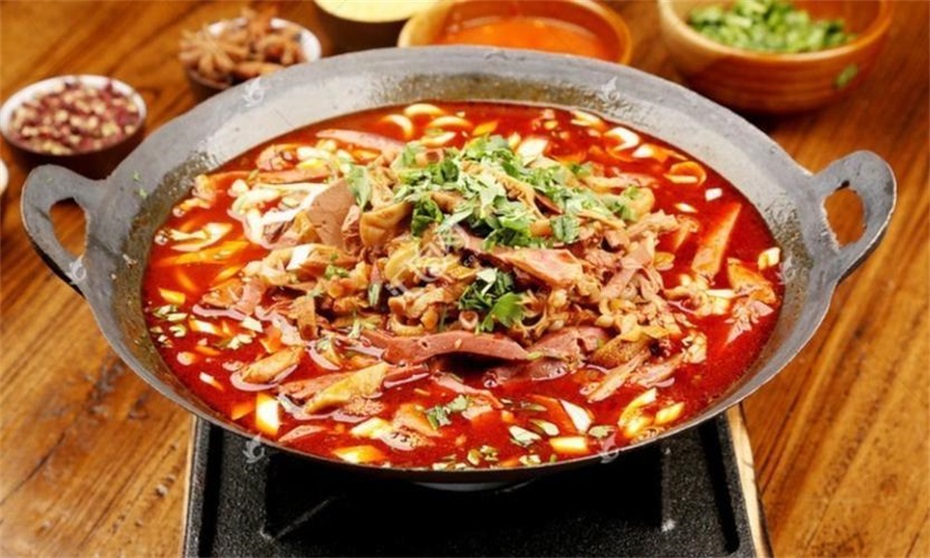Datong City
Overview of Datong City

Datong City is located in the northern part of Shanxi Province, at the junction of Shanxi, Hebei, and Inner Mongolia provinces, and is the second largest city in Shanxi Province. The total area of the city is 14176 square kilometers, with 4 districts (Pingcheng District, Yungang District, Xinrong District, Yunzhou District) and 6 counties (Yanggao County, Tianzhen County, Guangling County, Lingqiu County, Hunyuan County, Zuoyun County) under its jurisdiction, and a permanent population of 3.1056 million people (2022 data). In 2022, the total regional GDP of the city reached 184.25 billion yuan.
Datong is a national historical and cultural city and an excellent tourist city in China. It is known as the "Coal Capital of China" and the "Key to the North". It has the world cultural heritage Yungang Grottoes and is one of the first 24 historical and cultural cities announced by the State Council. It is also an important energy base and regional center city in northern Shanxi.
2¡¢ Geographical features
1. Location advantage
Located at 39 ¡ã 03 ¡ä -40 ¡ã 44 ¡ä N latitude and 112 ¡ã 34 ¡ä -114 ¡ã 33 ¡ä E longitude
It borders Zhangjiakou City in Hebei Province to the east, Ulanqab City in Inner Mongolia Autonomous Region to the west, Shuozhou City to the south, and Inner Mongolia Autonomous Region to the north
330 kilometers away from Beijing, high-speed rail can reach in 2 hours
Central city in the border area of Jin Ji Meng
2. Terrain and landforms
Surrounded by mountains on three sides and the Datong Basin in the middle
The northern part is a remnant of the Yin Mountains, and the southern part is the Hengshan Mountains
Highest Peak: Liulengshan (2375 meters above sea level)
Main rivers: Sanggan River, Yuhe River, Shili River
3. Climate characteristics
Temperate Continental Monsoon Climate
Annual average temperature 6.4 ¡æ
Annual precipitation of about 400 millimeters
The four seasons are distinct, with cold and long winters and cool and pleasant summers
3¡¢ Historical evolution
1. Organizational history
During the Warring States period: Yanmen Commandery of Zhao State
During the Northern Wei Dynasty, the capital city was Pingcheng (398 AD)
Liao and Jin Dynasties: Datong Prefecture in the Western Capital
Ming Dynasty: One of the Nine Border Towns
In 1949, Datong City was established
1993: City merger
2. Major historical events
Northern Wei Dynasty: Excavation of Yungang Grottoes (460 AD)
Liao and Jin dynasties: a period of cultural prosperity in Xijing
Modern times: an important coal industry base in China
Contemporary: National New Energy Demonstration City
4¡¢ Cultural characteristics
1. Cultural traits
Northern Wei Culture: An Important Witness to the Sinicization of the Xianbei Ethnic Group
Buddhist Culture: A Treasure trove of Art in Yungang Grottoes
Border culture: military strongholds throughout history
Coal Capital Culture: A Key Town of China's Energy Industry
2. Intangible Cultural Heritage

Guangling Paper Cuttings (national intangible cultural heritage)
Hengshan Daole (National Intangible Cultural Heritage)
Production Techniques of Hunyuan Cold Noodles (Provincial Intangible Cultural Heritage)
5¡¢ Tourist destinations
1. World Cultural Heritage
Yungang Grottoes (one of the four major grottoes in China)
2. Historical and cultural attractions

Shanhua Temple (National Key Cultural Relics Protection Unit)
town walls
Hanging Temple (the first wonder of Mount Heng)
3. Natural scenery
Hengshan Scenic Area (North Peak of the Five Sacred Mountains)
Datong Volcano Group
Wenying Lake Ecological Park
Sanggan River Wetland
6¡¢ Featured cuisine
1. Traditional delicacies
Datong Daoxiao Noodles
Bean Jelly
Guangling dried tofu
Yanggao dried apricot
2. Featured snacks

Yellow cake
Youmian Kaolaolao(steamed oat-flour rolls with broth)
deep-fried cake
3. Specialty drinks
Datong Huanghua
Zuoyun Tartary Buckwheat
Hengshan Huangqi
Yanmen Qinggao Wine
7¡¢ Economic development
1. Leading industries
Coal Energy: Tongmei Group (now Jinneng Holdings)
Equipment manufacturing: CRRC Datong Company
Cultural Tourism: Comprehensive Tourism Demonstration Zone
New energy: photovoltaic and wind power industries
2. Transportation system
Railway: Daxi High speed Railway, Jingbao Railway
Highways: Erguang Expressway, Jingda Expressway
Airline: Datong Yungang Airport
Urban Transportation: Datong Bus Rapid Transit System
8¡¢ City Business Card
1. Honorary titles
National Historical and Cultural City
China excellent tourism city
National garden city
National Model City for Double Support
2. Urban Spirit
Inclusiveness, openness, and self-improvement
The ancient capital of China, the great harmony of the world
From the "coal capital" to the "cultural capital", Datong is writing a new chapter of high-quality development in the new era with profound historical and cultural heritage and firm determination to transform and develop.
simliy
